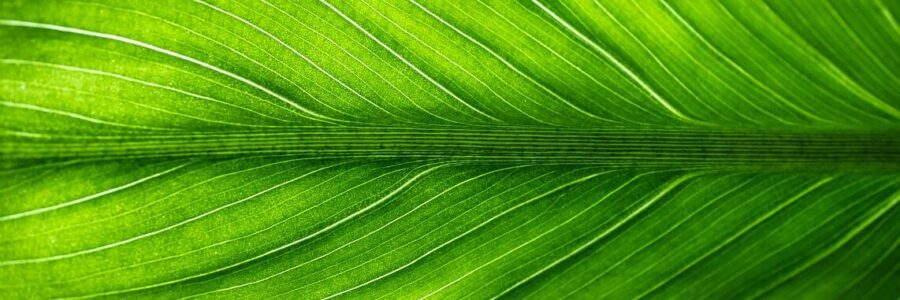Recently, I was invited to the Chicago Integrative Eczema Center to speak about how Traditional Chinese Medicine approaches Eczema. Many people asked me if I had taped the presentation, I did not. So instead, I thought I’d share my presentation in this edition of the newsletter.
Even though we think of eczema as a modern condition that’s been on the rise since the industrial age, the Chinese documented eczema conditions over thousands of years ago. Back then, they poetically named it “Wind of the Four Crooks” since it often first presents inside the hollows of the elbows and knees and scattered like wind.
Eczema Thru A TCM Lens
From early observations, the Chinese recognized that eczema presented on a continuum with HEAT on one end and DAMP on the other. Heat in modern terms includes: erythema or redness, bleeding, swelling, the actual feeling of warmth and; Damp in modern terms includes: weeping, oozing, crusting, edematous skin. The Chinese realized that every case of eczema had some combination of both elements and thus, every presentation fell somewhere on this continuum.
The Chinese also noticed that continued, aggravated or mistreated levels of Heat and/or Damp could lead the skin in two further directions: 1) TOXIN–which includes: infection, widespread erythema or red skin syndrome, powder-like scaling or even exfoliative scaling and body chills even though the skin has a burning sensation, or 2) YIN DEFICIENCY–which modern people would loosely translate to the drying out of bodily fluids expressed externally as dryness, scaling and lichenified skin, or internally as 3) MIDDLE DEFICIENCY expressed as digestive issues like difficult bowels, darker-hued urination, unquenchable thirst and lastly, what we now call weak gut function, food intolerances, compromised microbiome.
The last element of Eczema coined by the Chinese was WIND, which translates to itch or the likelihood for the condition to move from area to area. Wind, they determined was the number one defining characteristic of eczema.
Why Are These Factors Important?
By identifying and categorizing the characteristics of eczema, plotting where on the continuum a patient lands between heat and damp, determining the severity of each element and assessing its relationship with other systems and symptoms; the Traditional Chinese Medicine (TCM) eczema diagnosis system identifies each patient’s presentation as unique. As such, TCM eczema treatment lends itself to treating each unique case with a customized approach. This is exactly how herbal medicine is administered.
In our next article, we’ll examine how TCM eczema treatment is customized via herbal medicine to meet individual patient’s needs.
Need Help with Eczema?
If you are looking for answers to eczema for yourself or a loved one, watch this video to find out more information on herbal medicine and dermatology, and what a first consultation is like.
Want to Learn More?
Click Here for our free e-course “Healing Eczema Inside and Out,” and you will also receive our Amethyst Holistic Skin Solutions Newsletter. Both will give you interesting information about Traditional Chinese Medicine (TCM) and eczema via articles, before/after pictures, case studies of Amethyst Eczema patients. Feel free to click the icons below to share this article with someone who may benefit.
About the Author
Dr. Olivia Hsu Friedman, LAc, DACM, Cert. TCM Dermatology is the owner of Amethyst Holistic Skin Solutions and treats eczema patients via video conferencing using only herbal medicine. Olivia serves on the Advisory Board of LearnSkin, is the Chair of the American Society of Acupuncturists Board of Directors, and is a faculty member of the Chicago Integrative Eczema Support Group sponsored by The National Eczema Association.



